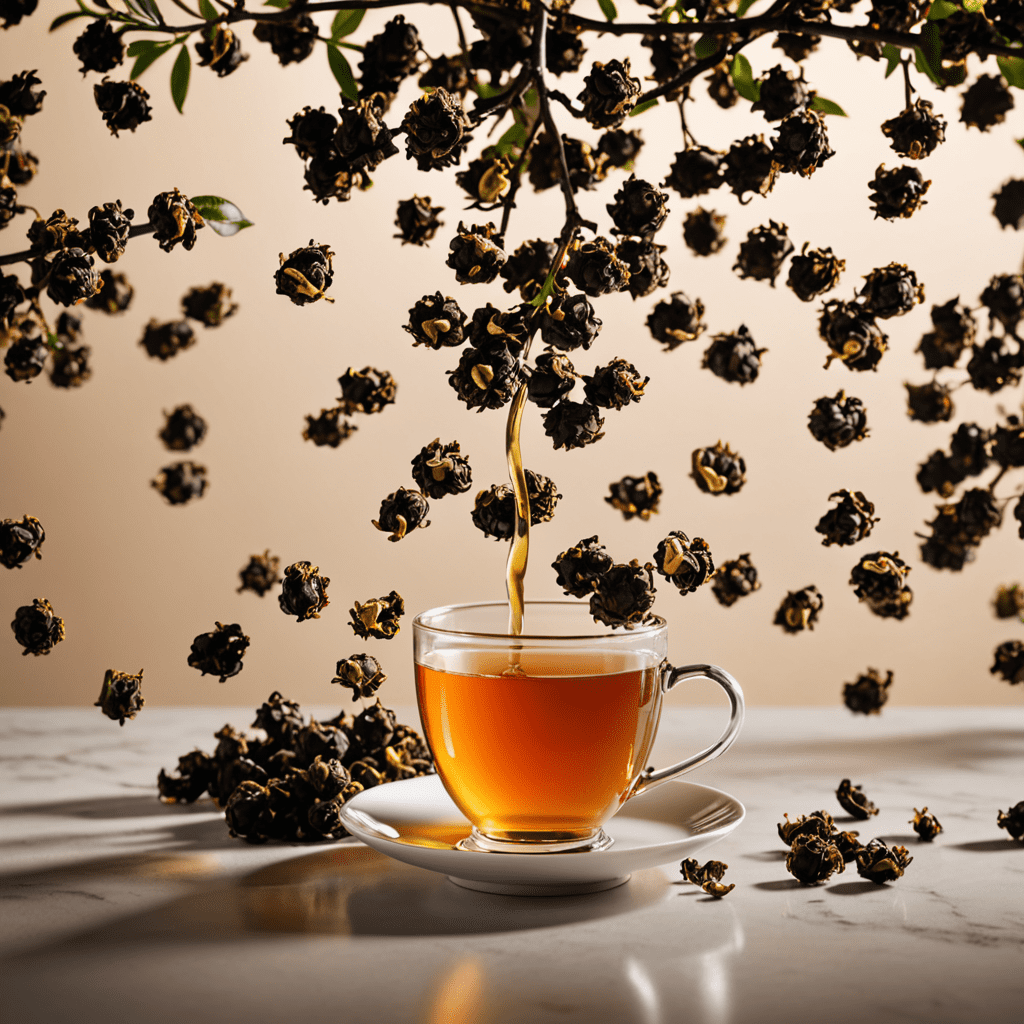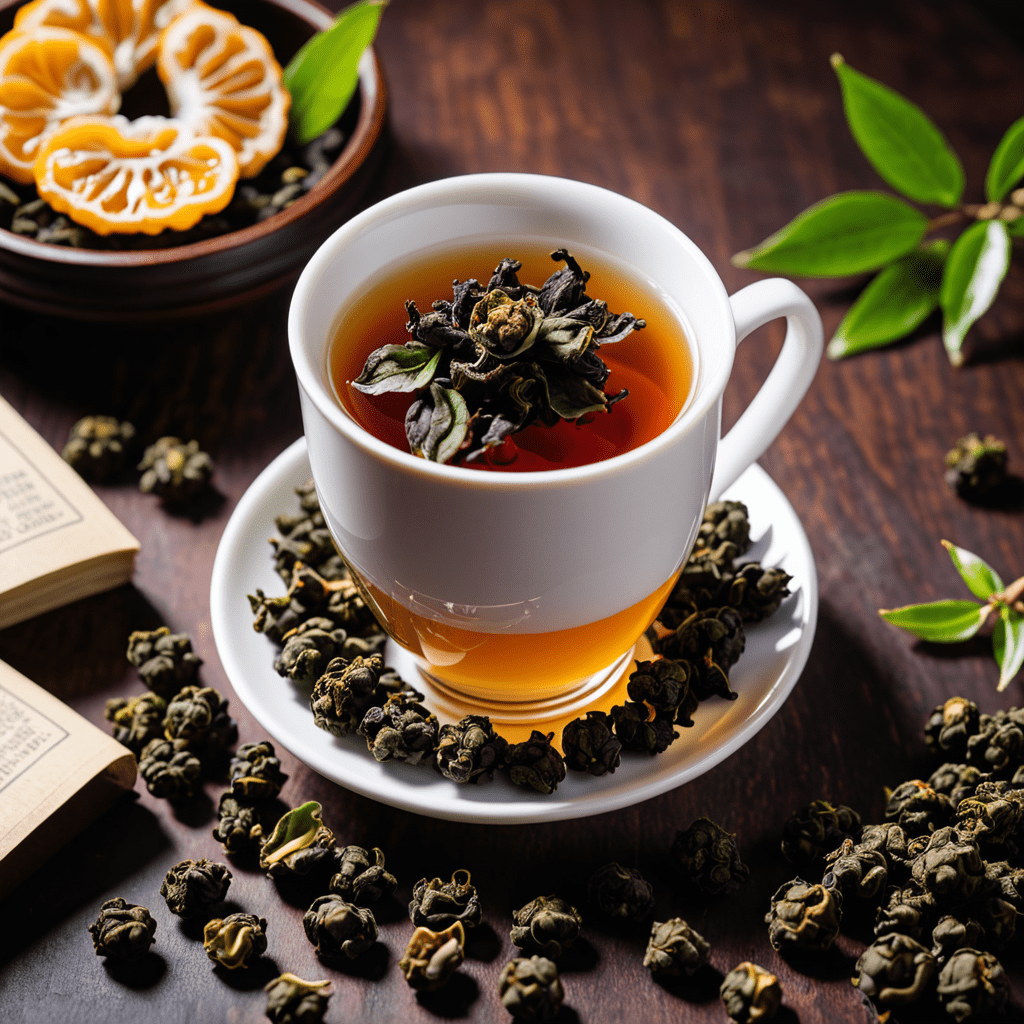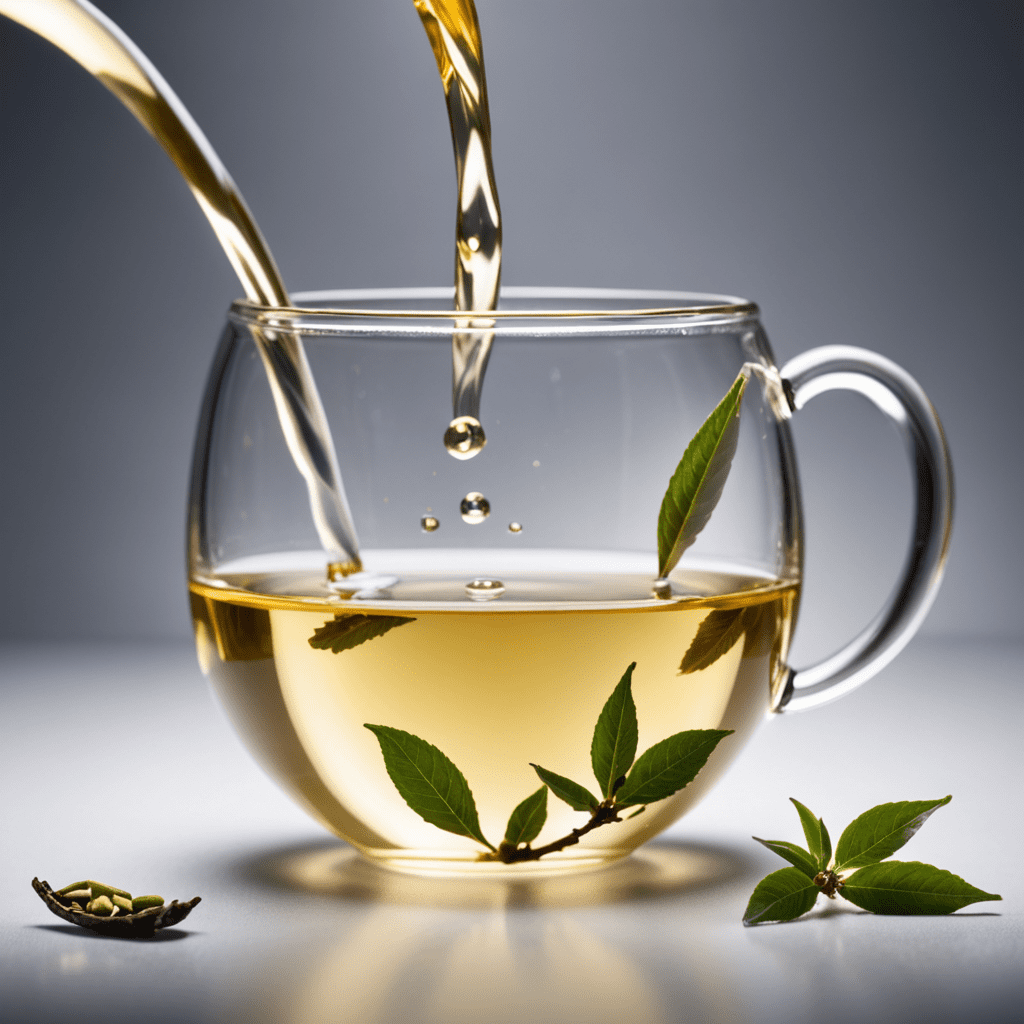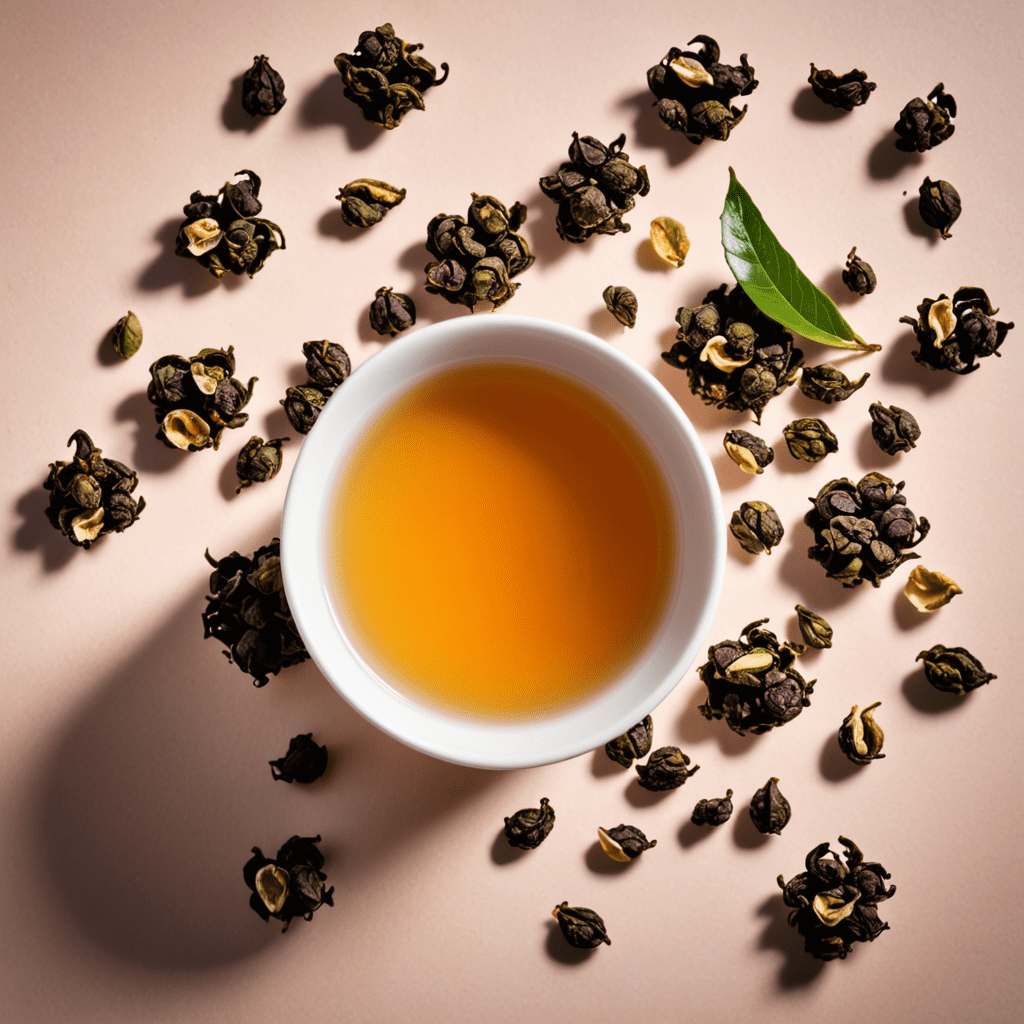The Allure of Oolong Tea: A Timeless Elixir
Oolong tea, a traditional Chinese tea with a rich history, has captivated tea enthusiasts worldwide with its unique flavor profile and potential health benefits.
Origins and Cultivation
Oolong tea, also known as “Wulong” tea, is partially oxidized, making it distinct from green and black teas. It originated in China’s Fujian province and Taiwan, where skilled artisans handpick and process the tea leaves.
Flavor Profile and Aroma
Oolong tea offers a diverse range of flavors, from floral and fruity to creamy and toasty notes. Its complex aroma and taste are a result of the oxidation process, which varies depending on the type of oolong.
Health Benefits
Besides its delightful taste, oolong tea is believed to offer a myriad of health benefits. It contains antioxidants that may help boost metabolism, improve heart health, and promote overall well-being.
Brewing Techniques
To fully appreciate the nuances of oolong tea, proper brewing techniques are essential. Water temperature, steeping time, and the amount of tea leaves used play a crucial role in achieving the perfect cup of oolong tea.
Varieties of Oolong Tea
With a wide array of oolong tea varieties available, each offering a unique taste experience, from the light and floral Tie Guan Yin to the robust and earthy Da Hong Pao, there is a perfect oolong for every palate.
Timeless Appeal and Modern Trends
Despite being rooted in tradition, oolong tea continues to evolve with modern trends, such as oolong tea blends and flavored oolong teas, attracting a new generation of tea connoisseurs while retaining its timeless allure.
Embrace Oolong Tea Today
Embark on a journey of flavor and wellness by exploring the world of oolong tea. Whether you savor it for its taste or reap its health benefits, oolong tea’s timeless appeal is sure to leave a lasting impression on your tea-drinking experience.
FAQs About Oolong Tea
What is Oolong Tea?
Oolong tea is a traditional Chinese tea that falls between green and black tea in terms of oxidation levels. It is partially oxidized, resulting in a unique flavor profile that can range from floral to toasty, depending on the oxidation level.
How is Oolong Tea Made?
Oolong tea undergoes a complex process that includes withering the leaves under the sun, bruising or rolling them to start oxidation, and then heat-fixing to stop oxidation. The leaves are then shaped and dried to create the distinctive appearance and aroma of oolong tea.
What are the Health Benefits of Oolong Tea?
Oolong tea is rich in antioxidants, vitamins, and minerals that may help boost metabolism, improve heart health, aid in weight management, and promote overall well-being. It also contains theanine, which can have a calming effect on the mind.
How Should Oolong Tea Be Prepared?
To brew oolong tea, use freshly boiled water that has cooled slightly to about 190-200°F. Steep the tea leaves for 2-3 minutes for a lighter taste or up to 5 minutes for a stronger flavor. Enjoy the nuanced taste of oolong tea in each sip



